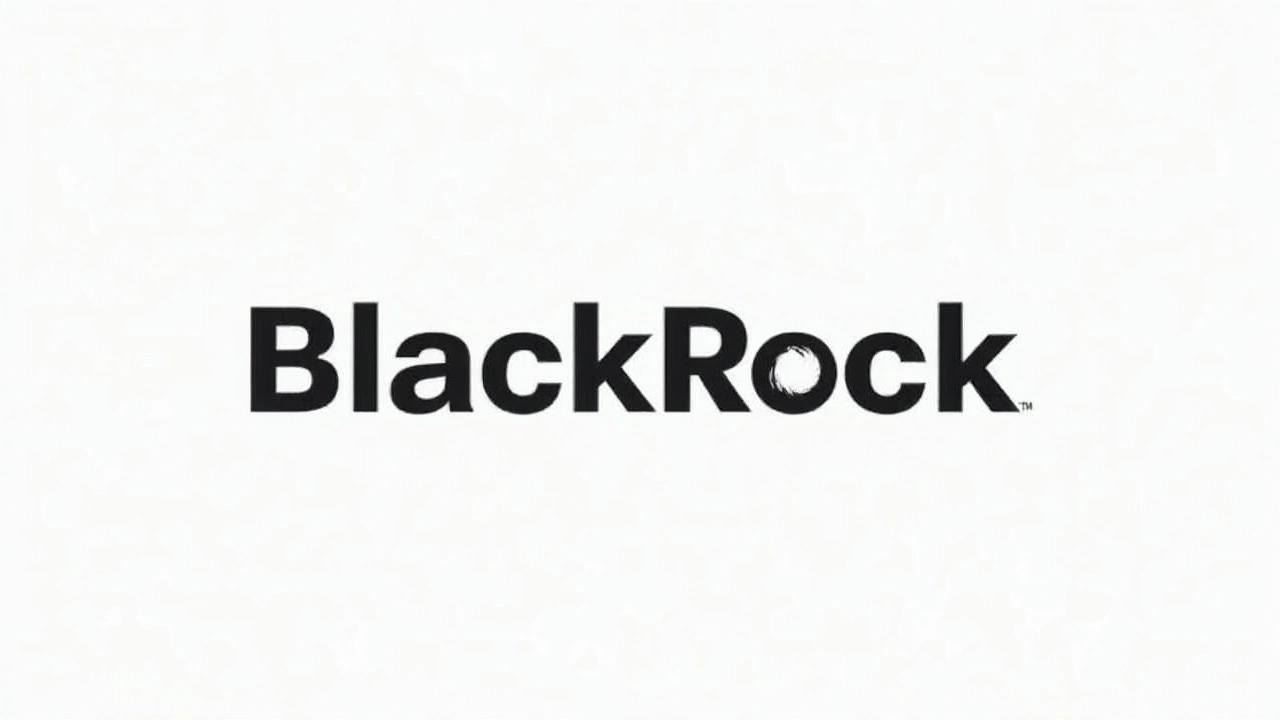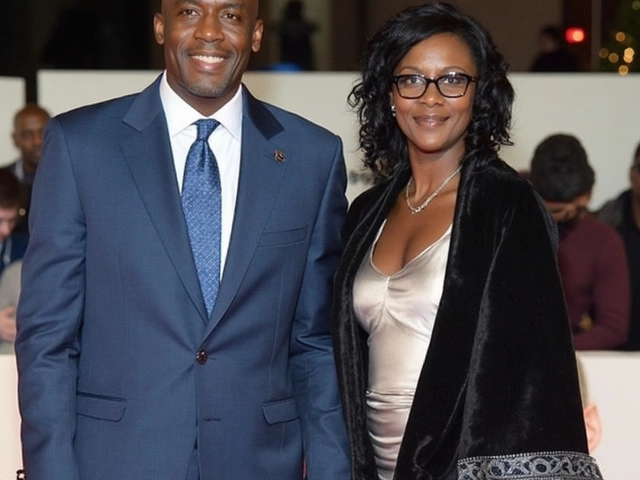BlackRock's Strategic Shift: Name Change and a Fresh Investment Direction
Something big is brewing at BlackRock, and if you keep an eye on large-cap equities or run your own investments, this one’s worth knowing. The BlackRock Enhanced Capital and Income Fund, listed as CII on the NYSE, is about to flip the script on its investment playbook and even change its name. By December 31, 2024, this mainstay fund will be called the BlackRock Enhanced Large Cap Core Fund, Inc., signaling more than just a swapped-out logo.
This isn’t just rebranding for show. The Board gave the green light to a new investment policy that’s set to define the fund’s identity and strategy moving forward. From the end of the year, at least 80% of the fund’s net assets—plus anything borrowed—must be put to work in large-cap equity securities or in derivatives that mimic those large caps. Translation? The fund will almost entirely mirror companies found within the market cap range of the Russell 1000 Index, basically the upper echelon of U.S. stocks.
Why does this matter for investors? Large-cap stocks—the likes of Apple, Microsoft, and other giants—often offer more stability, liquidity, and clearer performance trends versus riskier small caps. BlackRock aims for more predictable exposure to the U.S. market’s core, a move that should make the fund’s performance easier to track for those who follow the S&P 500.
An Old Strategy, Tweaked for a New Focus
But this isn’t just about buying and holding blue-chip stocks. The Enhanced Large Cap Core Fund is sticking with a buy-write strategy, which not all investors know the ins and outs of. Buy-write means the fund still invests in equities, but it also sells call options on those stocks—essentially giving someone else the right to buy them at a set price. In exchange, the fund pockets option premiums. When the market’s volatile, those premiums can pile up fast, adding a steady stream of income regardless of whether stock prices are leaping or staying put.
This hybrid approach—part core stock exposure, part options play—has let the fund capture a solid chunk of market returns and sometimes cushion the blow during rough patches. Still, the fund’s results have tracked closely with broad benchmarks like the S&P 500. So, while there’s room to capture extra income, you won’t find any wild outperformance or rogue bets here. BlackRock’s focus is squarely on steadier, large-cap growth with an income bonus on top.
The shift comes as Saverio Console and Sally Du from BlackRock’s Equity Derivatives Team take over portfolio management duties. This isn’t their first rodeo—they’ve handled complex investment policy moves before, and their expertise in derivatives is right in line with the fund’s mix of stocks and options. Their job is to balance risk, generate options income, and manage the fund so it faithfully tracks the big players in the Russell 1000 Index—no easy feat in today’s choppy markets.
Looking through the numbers, it becomes clear what pushed BlackRock to make the change. The fund’s holdings were already veering toward a large-cap tilt, so codifying it in a new policy—and a new name—puts an official stamp on what was happening anyway. It also signals to investors exactly what they’re getting: a core equity fund that plays it close to the S&P 500 with a little extra on the income side.
For investors tired of wondering what their fund might be chasing next quarter, this clarity could be a breath of fresh air. The changes aren’t live yet, but when December 31 hits, the fund will officially embrace its new identity and strategy. That makes this winter a key turning point for anyone watching the BlackRock value proposition or for portfolio owners lining up with large-cap exposure and buy-write income strategies.







Write a comment